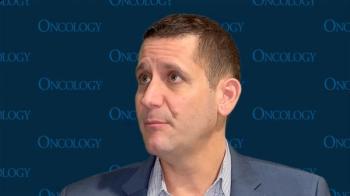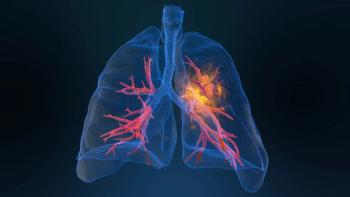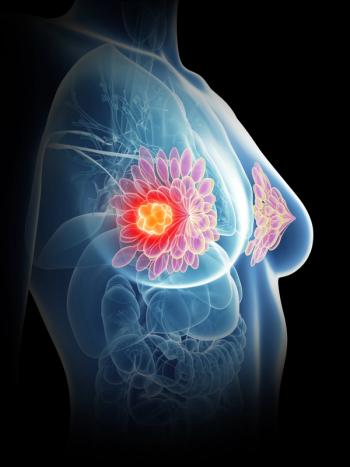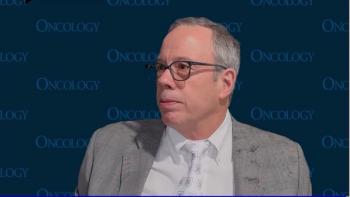
Percentage of Patients to Benefit From Immune Checkpoint Inhibitors Still Limited
The percentage of patients with cancer eligible to receive immune checkpoint inhibitors has increased in recent years, but how many patients are actually responding?
The percentage of patients with cancer eligible to receive immune checkpoint inhibitors (ICIs) has increased in recent years to more than 40%; however, data from a new study indicate that only about 13% of patients will respond to these treatments.
“These results may help policy makers, journalists, and physicians have more realistic discussions about checkpoint inhibitor drugs,” wrote researchers Alyson Haslam, PhD, and Vinay Prasad, MD, MPH, of Knight Cancer Institute, Oregon Health & Science University in Portland, in
In the retrospective study, the researchers first determined demographic characteristics of patients with advanced or metastatic cancer, using data from the American Cancer Society, and used these as a pool of potential candidates. These data were adjusted using US Food and Drug Administration data on ICIs approved from January 2011 to August 2018 and their labels and qualifiers by tumor type to determine the percentage of patients eligible to receive these drugs.
Between 2011 and 2018, 6 ICIs were approved for 14 indications, including ipilimumab, nivolumab, pembrolizumab, atezolizumab, avelumab, and durvalumab.
In 2011, the estimated percentage of patients eligible for ICI treatment was 1.54%, but that increased to an estimated 28.86% by 2015, and 43.63% by 2018. Non–small-cell lung cancer (NSCLC) indications contributed most to this increase.
In 2011, only 0.14% of patients were estimated to respond to ICIs. However, this increased to 5.86% in 2015 and 12.46% in 2018. Again, NSCLC contributed most to this increase.
“While the estimated percentage of people who respond to checkpoint inhibitor immunotherapy drugs is small, the benefit may be greater than some other drug classes in oncology owing to reports of durability,” the researchers wrote. “Recently, genome-targeted therapy, which has also generated considerable excitement, was estimated to benefit only 4.9% of patients with cancer.”
In an
They pointed out that, although a greater percentage of patients with cancer are becoming eligible for checkpoint blockade, the ratio of those benefitting is decreasing.
“The observations in this article are sobering and remind us to keep expectations of ICIs realistic,” they wrote. “As the dust settles and the wave of hysteria ebbs, studies like this lend support to physicians as they attempt to explain to most of their patients with cancer the reason they are not receiving ICIs-because these drugs are not appropriate for them.”
However, Gross pointed out that the population-level effect of checkpoint inhibitors may be more limited, as only 1 in 8 patients would actually be expected to have a benefit from checkpoint inhibitors, even assuming that all eligible patients are treated.
“These findings reinforce the importance of identifying which patients are likely to benefit from treatment, and which ones are going to be treated without any demonstrable benefit,” Gross said. “This is critical, as these medications are incredibly expensive, causing a great deal of distress for patients. Nobody wants to shell out thousands of dollars for a treatment that won’t help them. So, we need to do a better job of figuring out which patients are most likely to benefit.”
Newsletter
Stay up to date on recent advances in the multidisciplinary approach to cancer.

















































































